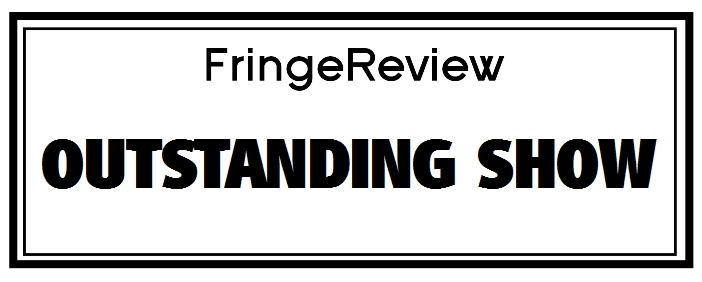FringeReview Scotland 2016
Coal
Gary Clarke Company

Genre: Dance, Dance and Movement Theatre, Physical Theatre, Theatre
Venue: The Tramway, Glasgow
Festival: FringeReview Scotland
Low Down
5 miners go to work and hew the coal. They come back up and see their communities and respect devastated by Margaret Thatcher as they fight, showing an impressive collective might which was failed to secure their pits. Clarke takes this as his springboard and along with 4 local women and a brass band from Kirkintilloch we see a tangible link between the communities devastated by the disaster of the 1980’s and the beauty of this piece of dance theatre.
Review
Thanks to the M8 being a litany of disasters I was 5 minutes late and missed the opening. Once in though, I was transfixed. This is a piece of theatre that brings the working class struggle into the artistic in a way that leaves you in no doubt of the sympathies of its creator. What it does is infuse majesty to the harsh reality of being a miner. There is no hiding the brutality and causality of being underground and we see tragedy, worry, hard effort and community in front of our eyes within the movement and dance of artists.
The movement that accompanied the excavation was transformed into the division – literally – brought about by the appearance of Margaret Thatcher. When Thatcher appears she is portrayed with more Quentin Blake characteristics than Meryl Streep; it is fitting that her voice is provided by the man who gave her the Spitting Image presence of the time. The effect, theatrically of her appearance, was transfixing. It brought the communities to a realisation that they were under attack. That attack would be one that could not be rebuffed but there was a pride – and still is – that they took the fight on. From the release of a night out and the wonder of dancing in the social club we move to the picket line and facing the harsh realities of trying to bring a family up with no money on the table or in your pocket. This was lauded, celebrated and physically impressive as we watched that community unite until one of their number, unable to keep going in the struggle, give in and become toadies at the feet of a Thatcher who then dismissed them.
Physically this was a relentless assault on your senses. There was never a time that you could draw much breath. The narrative was superb and presented in such a way that you were given little room for escape. The use of video and pictures on the projection added to the feeling that this was a piece of history but in no way made it into a lesson. The use of local community actors and musicians anchored it in a reality that took us form the now to the then with great ease.
Whilst the men gave us a fantastic piece of theatre, the women were, however, what stole the show for me. Their short description of what went on during their fight was hilarious but set in the context of a 1980’s that made this work so much better. There was humanity, there was humility and there were knees. The brutality of the police actions captured by simplicity and engagement rather than examples of cruelty that made you wince. Their fortitude was impressive.
Overall I loved this and felt it brought the arts into the brutality of life for the working class in the 1980’s in a way that only those ignorant of the history of being working class would be surprised at. Anniversaries can give us the opportunity to trot out drudgery and documentary to celebrate but the miner’s strike hitting that 30 year phase has brought films which show allegedly surprising connections between oppressed groups, a celebratory visual and artistic feast from Gary Clark and the revelation from Government papers that the Thatcher regime lied and the NUM was right – there was a hit list.
There shall be no prosecutions but as we examine the past this reminds us that we need to learn to use those lessons for our future. Based on this piece, Gary Clarke has a brilliant lesson, worthy of consistent repetition to those at the back of the class still refusing to listen.


















































